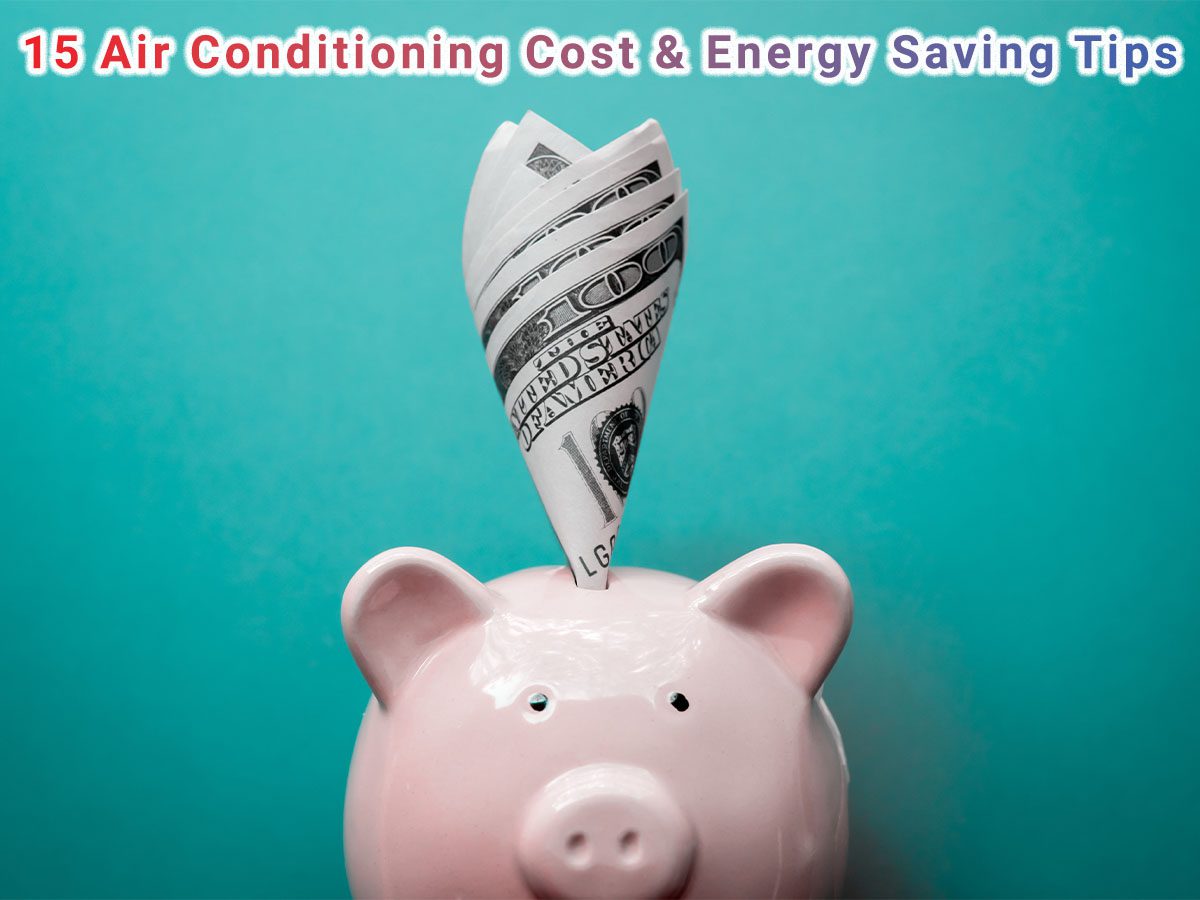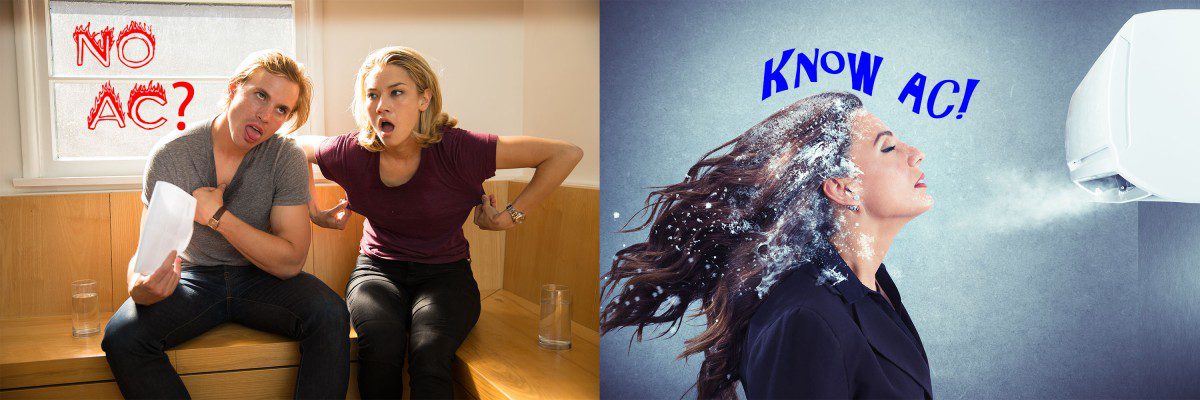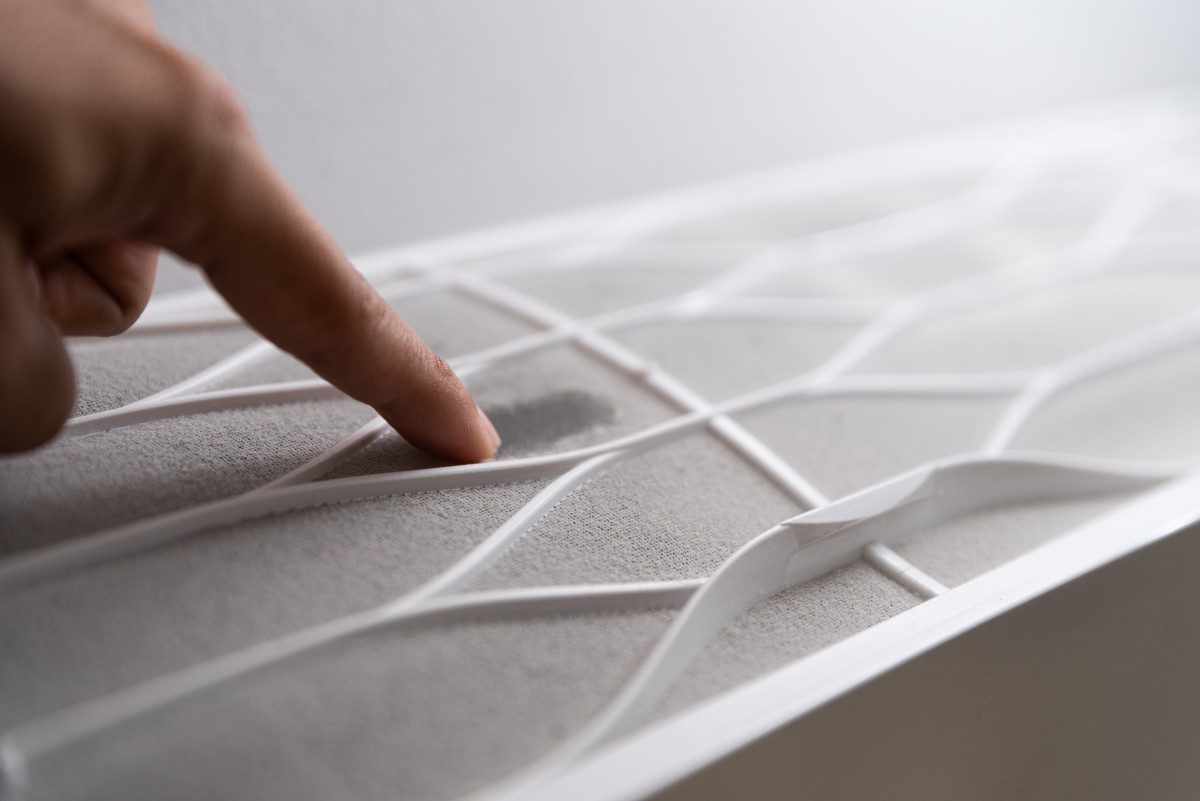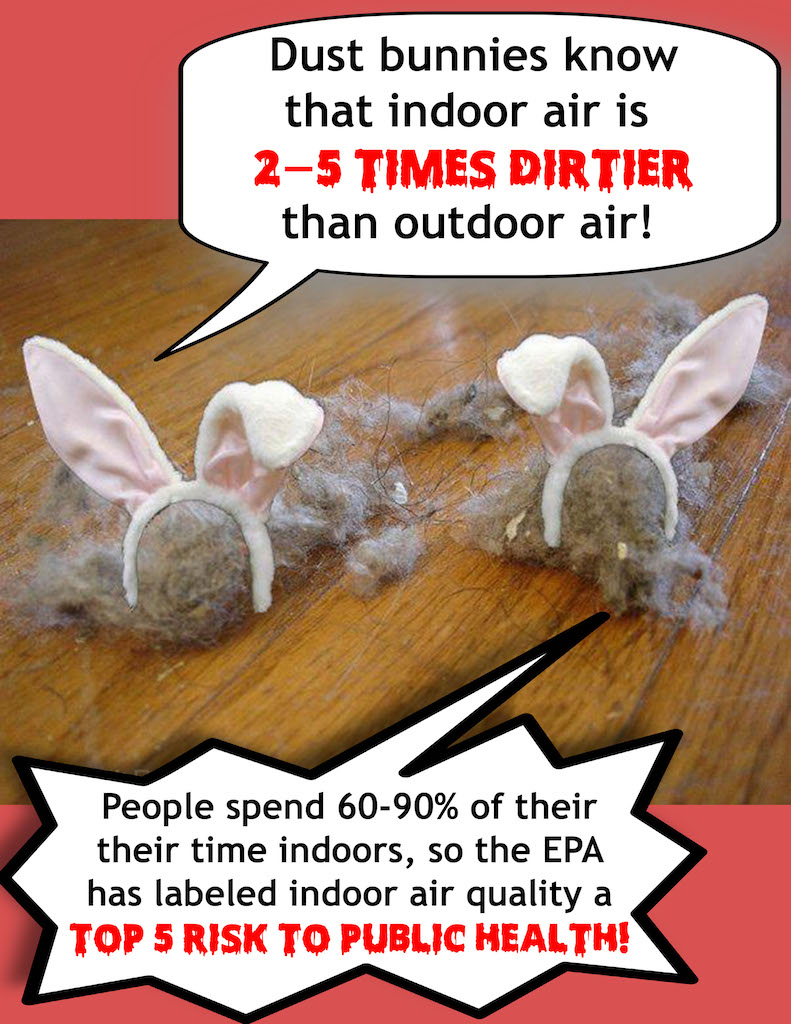15 Air Conditioning Cost and Energy Saving Tips
Home >

Rising fuel costs and inflation are on every homeowner’s mind these days. How can they not be?
The winter of 2021-2022 saw fuel costs for households heating with natural gas rise by 30% and electricity rise by 6%, according to the U.S. Energy Information Administration. The price of heating oil in many New Hampshire towns went over $5 per gallon.
Not only has the pandemic upset global supply chains, but international struggles such as the war in Ukraine have turned energy markets on their heads. Suppliers and manufacturers are expected to pass these rising costs onto consumers.
As a result, saving through energy efficient air conditioning and home heating systems are going to be key buying considerations for many homeowners looking at HVAC systems in 2022.
You’re going to want to take a good, hard look at high-efficiency heating and air conditioning systems to maximize your comfort while incorporating long-term efficiency that keep fuel costs down.
We’ve compiled these fifteen AC cost and energy saving tips for homeowners to help you reduce your energy load. Whether you want to save money on your existing AC system or upgrade to a new one, this article will help you achieve the comfort you deserve.
Topics
- Air Conditioning Efficiency: SEER
- Is it Time to Upgrade Your AC System?
- Kitchen, Bathroom and Ceiling Fans
- Energy Star Appliances
- Schedule Annual HVAC Maintenance
- Perform Regular HVAC Air Filter Changes
- Proper Sizing for Your Home HVAC System
- Don’t Block Your Registers!
- Zoning
- Energy Efficient Thermostats
- Are Leaky Air Ducts Costing You Money?
- Go Green. Literally.
- Interior Doors
- Insulation
- Sunblock & Decor
#1 – Air Conditioning Efficiency: SEER

When you’re looking at a new home AC system, you’ll definitely want to consider the system with the highest SEER (Seasonal Energy Efficiency Ratio) rating.
The best way to think about SEER is to equate it with the gas mileage for your car. The more efficient your car happens to be, the less money you pay at the pump. Residential central air conditioners are similar in this way, only instead of gasoline, you’re paying for energy. A higher SEER rating equates to lower energy bills and a lower negative impact on the environment.
The higher the SEER rating, the more energy—and money—you’ll save.
#2 – Is it Time to Upgrade Your AC System?

The energy load—and cost—of air conditioning systems are expected to rise, so it’s important to know when it’s time to start considering a new system.
Studies by Energy.gov have found that new high-efficiency air conditioning systems can reduce your energy bills by up to 40%, when compared to older systems.
Is your system displaying any of the 7 Signs Of Heating And Cooling System Failure? If so, it’s time to contact a professional HVAC company like Sanford Temperature Control.
- Your system is more than 10 years old
- Rust and metal fatigue
- Old refrigerant
- Got an old system? Read “Refrigerant for Old AC Units Was Just Banned! Do YOU Need to Buy New?”
- A noisy system
- Rooms that are too hot or too cold
- Humidity problems
- Rebates and incentives such as NHsaves or manufacturer rebates
- This isn’t a sign of failure per se, but it is a way for homeowners to potentially save thousands on a new home AC system when their systems have reached the end of their service life.
#3 – Kitchen, Bathroom & Ceiling Fans
Making sure your doors and windows are closed up tightly is an obvious one, but many homeowners don’t think of the exhaust fans in their kitchen and bathrooms as sucking conditioned air out of their home … but that’s exactly what they do! Use them only as needed.
Did you know that you can sometimes maintain comfortable temperatures in your home by pushing or pulling conditioned air up or down?
Warm Weather: During the summer you want the fan to blow air straight down, so your ceiling fan should run in a counter-clockwise direction.
Cold Weather: During the winter, your fan should run at a low speed in a clockwise direction.
#4 – Energy Star Appliances
The average lifespan of a residential AC system is about 10-15 years. Once you’re approaching the ten-year mark, it’s common for homeowners to experience the following symptoms:
- Major Repairs vs System Replacement
- If your system is old and requires a major repair, chances are that it makes more sense to replace it with a new, Energy Star-rated system, such as those manufactured by Carrier. Like an old car, a major repair on your old AC system is often a sign that more repairs are coming down the road.
- Rising Energy Bills
- Fuel costs are rising across the board, which means that energy-efficient equipment is going to be more attractive to homeowners seeking comfort, value, and long-term efficiency.
- Reduced Comfort
- Does your AC system have trouble keeping up? Or maybe rooms just don’t get as cool as they used to? This is a sign that it’s time to upgrade, save money on energy usage, and get the comfort you deserve.
#5 – Schedule Annual HVAC Maintenance

You might ask yourself, “Do I need annual HVAC maintenance?
The answer to this question is always a resounding, “YES!”
Why?
Because annual HVAC maintenance is hands-down the best way to:
- Increase the lifespan of your home heating and cooling systems
- Increase energy efficiency
- Help prevent costly repairs
After all, as little as 0.042 inches of dirt build-up can reduce system efficiency by over 20%!
Professional HVAC technicians can inspect, clean and tune your equipment before little problems become BIG PROBLEMS.
After all, would you let your car go without maintenance? The same goes for your residential HVAC system.
#6 – Perform Regular HVAC Air Filter Changes

Sure, annual HVAC maintenance includes changing your HVAC filters for heating and air conditioning systems, but depending on your system, sometimes these need to be changed more frequently.
If you have pets, allergies, or are a smoker, then you’ll have to replace them more often as well.
Basically, once an HVAC air filter get clogged, it can no longer trap particulates like dust, dander, pollen and bacteria. This contributes to poor indoor air quality because it recirculates particulates through your breathing air. These particulates also settle on other parts of the HVAC system, clogging them up.
A blocked air filter forces your system to work harder than it needs to, and it is this added stress that reduces equipment lifespan. It’s like driving your car and only changing the oil every 10,000 miles rather than the recommended 3,000-5,000 miles. Dirty oil contributes to more wear and tear on the engine.
Generally, it’s a good practice to check your HVAC air filter about once a month. What you find will give you a good indication of how clean your indoor breathing air is … or isn’t.
If you find that your filter is really dirty, it may be time to consider indoor air quality solutions such as home air purifiers or duct cleaning.
If you want to get the best air filter for your home HVAC system, contact us today. We can help you choose the right fit for your unique needs, system, lifestyle, and comfort levels.
#7 – Proper Sizing for Your Home HVAC System
Would you buy a pickup truck when what you really need is a commuter car? Conversely, would you buy a commuter car when you need to haul large items?
Neither vehicle matches the job at hand, and if you’re not careful, the same can go for your heating and cooling equipment.
An oversized system means you’ll pay to operate larger fans and compressors than you need, resulting in unnecessarily high heating and cooling costs. An undersized system won’t properly heat or cool your home, will struggle to keep up, and will have a shorter lifespan than it should, potentially costing you thousands when you least expect it.
So, if you’re buying a new system, how can you be sure it will meet your needs? Choose an experienced HVAC professional who understands what goes into properly sizing a home comfort system:
- Square Footage
- Size & Number of Windows
- Architecture & Design
- Sun Exposure
- Number of Occupants
- Humidity
- Heating Loads
- Cooling Loads
- Indoor Air Quality
- Balance
- Optimized Air Flow
- And more!
Read “Buying A House? Is Your HVAC Equipment Properly Sized?” to learn more about a properly sized home HVAC system.
#8 – Don’t Block Your Registers!
A common mistake many homeowners with forced air systems make is to put pieces of furniture such as couches and cabinets in front of, or too close to, heating and air conditioning registers. This can impede the distribution of conditioned air.
For homeowners with forced hot water (baseboard heating) a couch pressed up against the baseboard is going to absorb a lot of the heat you’d otherwise want distributed into your home.
Both of these can tempt you to turn your thermostat up or down more than it needs to be, which means you’re paying more for the same level of comfort.
#9 – Zoning
Zoning can save you up to 30% on energy bills!
Rooms that are too hot or too cold are a classic sign of the need for zoning your systems. Outdoor conditions such as sun and shade, and indoor architectural designs (multi-level homes, additions, cathedral ceilings, etc.) can drastically affect room temperatures and home comfort.
“Zoning” allows your home heating and cooling system to regulate and redirect conditioned air to specific areas of your home, which means you can customize temperature zones throughout your home to increase comfort and efficiency.
Learn more about zoning for your home in this two-minute video.
#10 – Energy Efficient Thermostats
Did you know you can save up to 20% on heating and cooling costs with the installation of a WiFi or energy efficient thermostat?
These nifty, user-friendly gadgets offer amazing possibilities to manage your indoor climate:
-
- Tracking energy use
- Setting maintenance and HVAC air filter changes
- Monitoring local forecasts
- Remote access
- Individualized settings
- Real-time monitoring
- Remote adjustment
- Automatic adjustments
- Daily & weekly scheduling
- Temperature preferences
- Sensors in different rooms.
- Some sensors allow for energy efficient thermostats to automatically adjust to different conditions to take advantage of things such as passive solar heating.
If you’re one of those people who forgets to adjust their home thermostat far too often, then these devices are for you.
Pro Tip: Energy Efficient Thermostat Scheduling
There are three basic programming schedules to consider when you install a programmable thermostat. Some of these devices offer even more customization, but for simplicity’s sake, we’re going to focus on the three basic types of schedules.
The right schedule for you depends on your routine. Planning for your lifestyle can help you maximize your energy savings.
- A 7-Day Schedule lets you set a different program schedule for every day of the week.
- A Weekday-Weekend Schedule allows you set a different program schedule for weekdays and weekends.
- Weekday/Saturday/Sunday Schedule offers varying temperature schedules for the weekdays, and for Saturdays and Sundays.
Other factors to consider when programming your thermostat include:
- Lowering the temperature a few degrees an hour before you go to bed and raising it a half an hour before you wake up. Programming it this way ensures that you maximize comfort while saving energy.
- Consider using the “Hold” option if you’re out of the house for a long time. This will keep your home at a constant temperature and avoid inefficient spikes and dips in your energy use.
- Don’t go too high or too low! Does your home really need to be an ice box in the summer or is 75 degrees with no humidity good enough? In the winter, can you get away with setting your thermostat to 68 or 70 degrees … or lower? Basically, you want to consider the limits of your comfort and adjust from there as needed.
Check your batteries. To maintain optimal conditions, change the batteries at least once a year.
#11 – Are Your Air Ducts Costing You Money?

Consider these findings from studies by the Department of Energy:
- On average, 30 cents of every $1 spent on heating and cooling a home disappears into thin air due to leaky ducts.
- 25% to 60% of heated and cooled air doesn’t make it to its intended room.
- Duct leakage in homes costs homeowners $25 billion a year in utility costs.
- About 50% of the average home’s utility bill is spent on heating and air conditioning.
Many homeowners don’t ever think about leaky air ducts, but the fact is they may be drastically reducing your home comfort and increasing your energy bills.
Whether a home is old or new, leaky ducts cost homeowners money while putting undue stress on heating and air conditioning systems by forcing them to work harder than they need to. This can lead to shortened equipment lifespan, more frequent repairs, and sudden failure on the hottest or coldest of days … which is when you need them the most.

Leaky ductwork also sucks in dust, pollen, rodent droppings, bacteria, mold, fungi and all sorts of other nasty stuff because systems often pull air from the dirtiest parts of the house, like the attic, walls, and basements.
Aeroseal Duct Sealing is a cutting-edge process for homes with forced air. Even new duct work leaks 25-40% according to the Department of Energy, so that means 25-40 cents of every dollar you spend is literally leaking out the window.
Aeroseal also usually pays for itself within 2-3 years, resulting in an excellent return-on-investment for homeowners. Learn more about Aeroseal here.
#12: GO GREEN. LITERALLY
Plant trees and shrubs on the sunny side of your home to create a soothing bit of shade. It may take a while, but eventually you’ll reap the rewards
#13: OPEN INTERIOR DOORS
Opening interior doors helps conditioned air move freely from room to room and allows your HVAC system to function as designed.
#14: INSULATE

Fiberglass insulation in your walls often falls down or tears free over time, raising your energy costs and making your home uncomfortable.
Blown-in insulation in your walls or attic can drastically reduce your heating and cooling costs by keeping your comfy air right where it ought to be—inside your home. You may also qualify for energy efficiency rebates.
Learn more about insulation here.
#15: USE SUNBLOCK & DECOR
Pulling down shades, blinds, and drapes can help keep your home from overheating by reducing solar radiation. This is especially true on sun-facing sides of your home.
Light-colored curtains that allow light to enter a room while blocking some of the sun’s rays helps reduce costs. It’s also important to know that using a light-colored paint can help reflect heat.
We hope you found our 15 AC Energy Saving Tips for Homeowners helpful! If you have any questions about your HVAC system, please contact us today. We’ll be happy to help you out.
CONTACT US TODAY



As Seen & Heard On







Reach Out to Our Team for More Details
Feel free to call Sanford Temperature Control or fill out the online form for more information. You may also get in touch with our team to schedule an appointment. We look forward to hearing from you.

